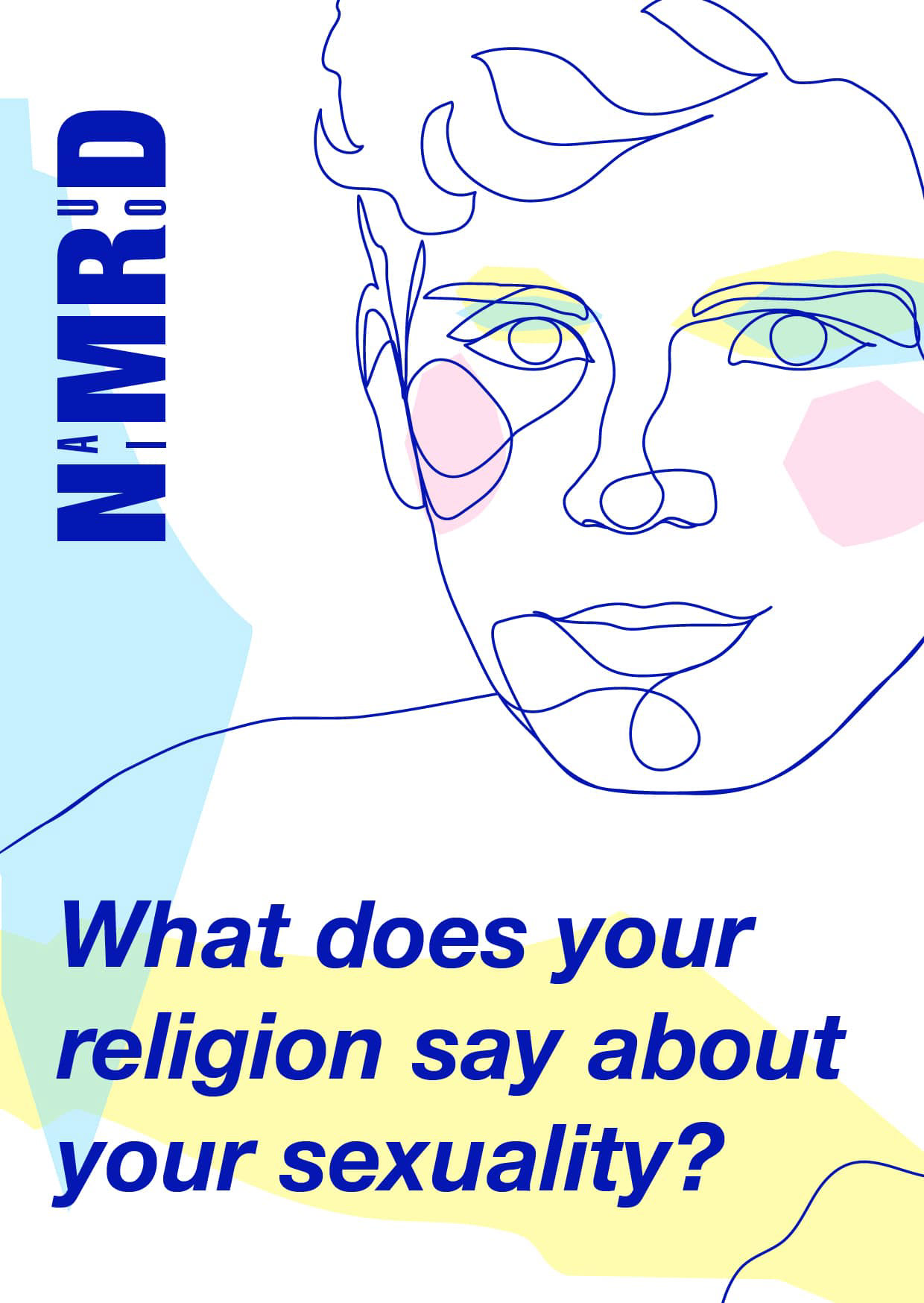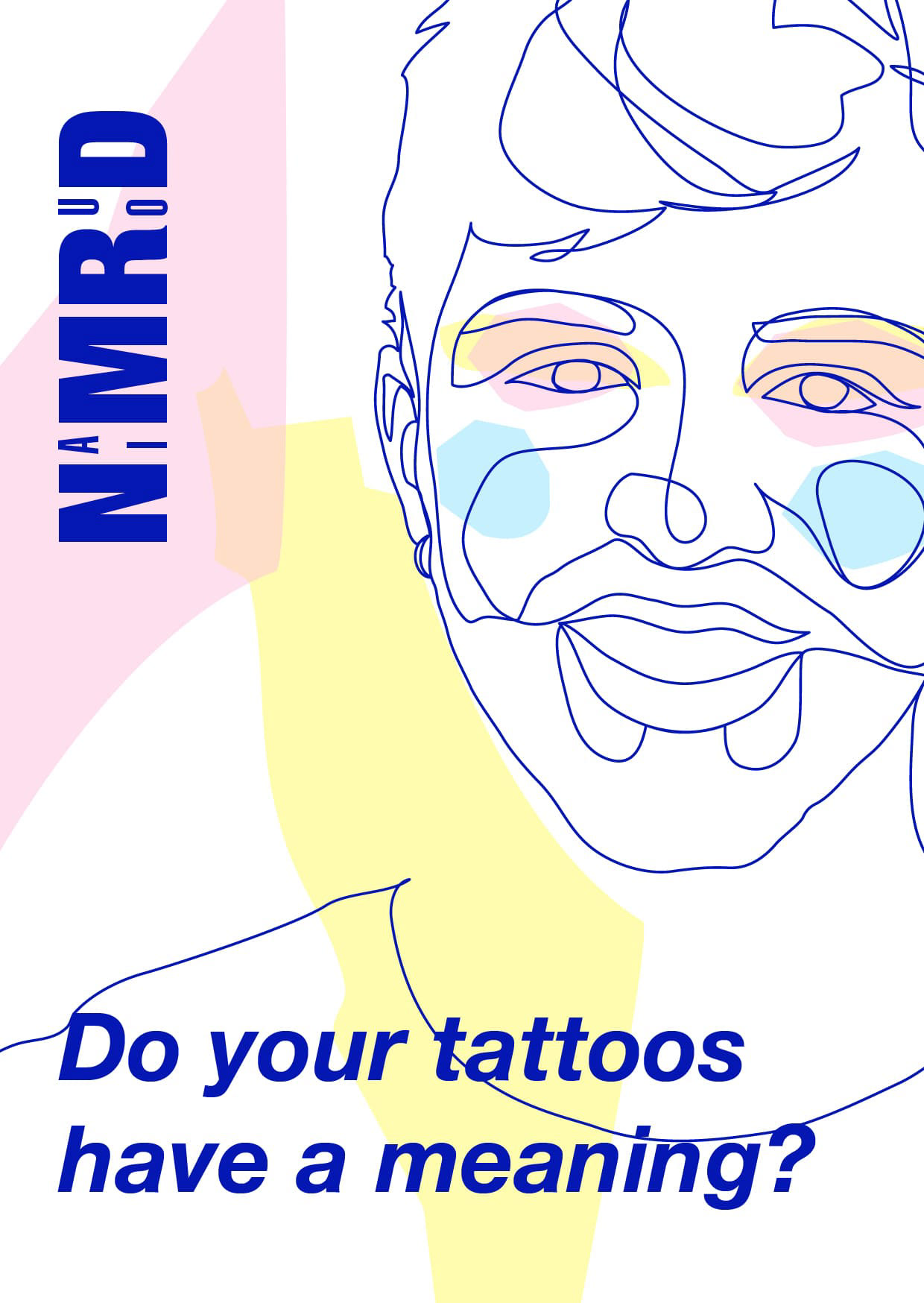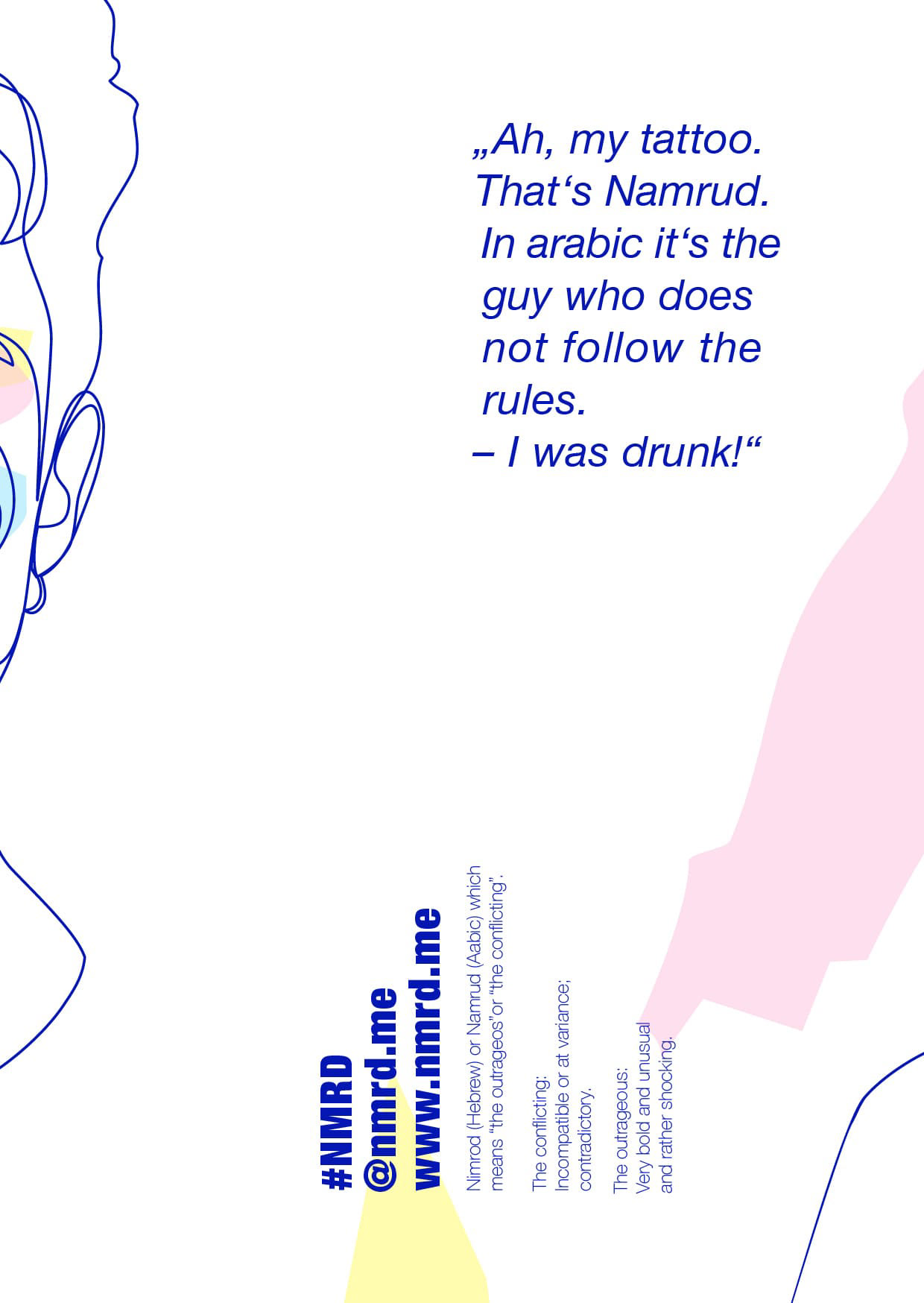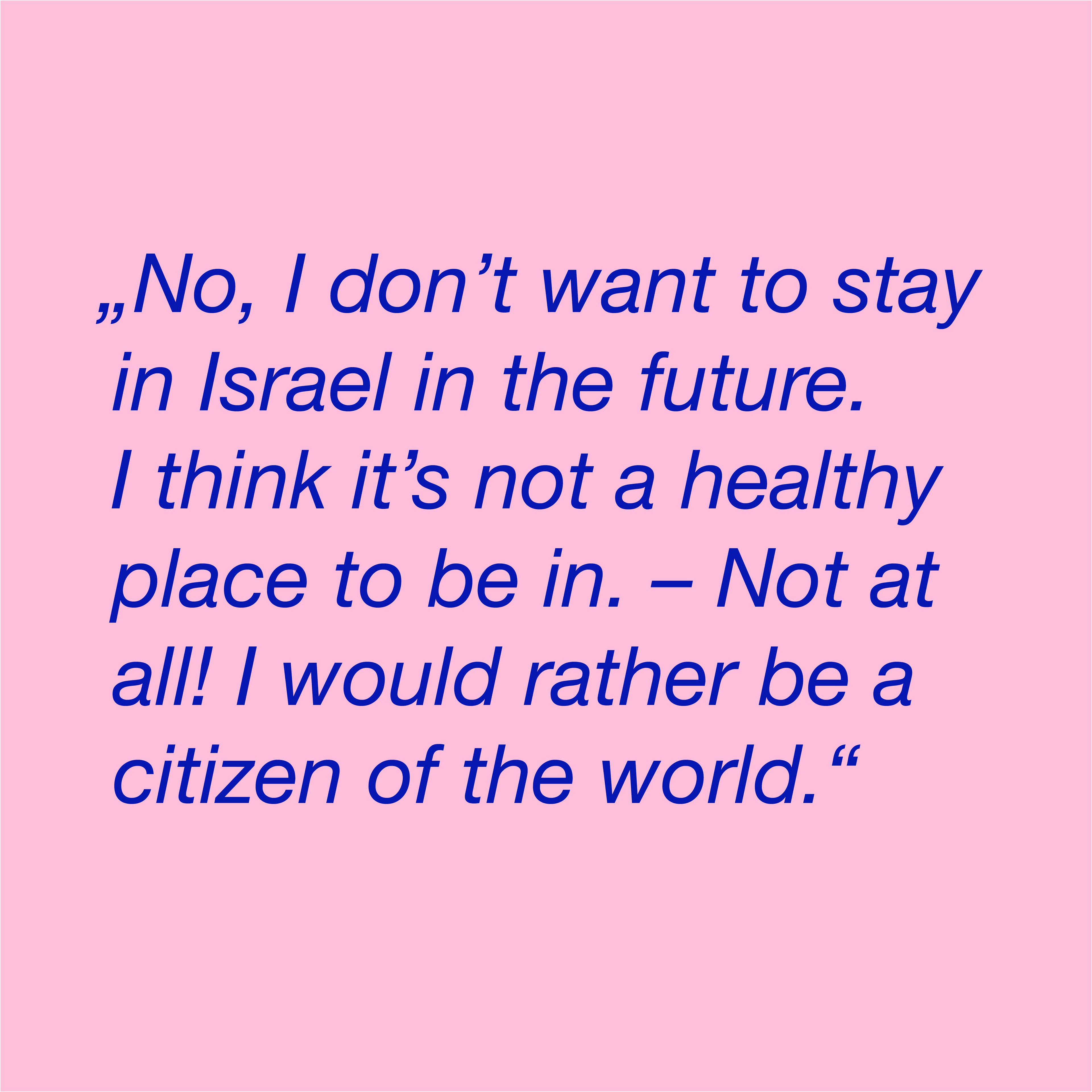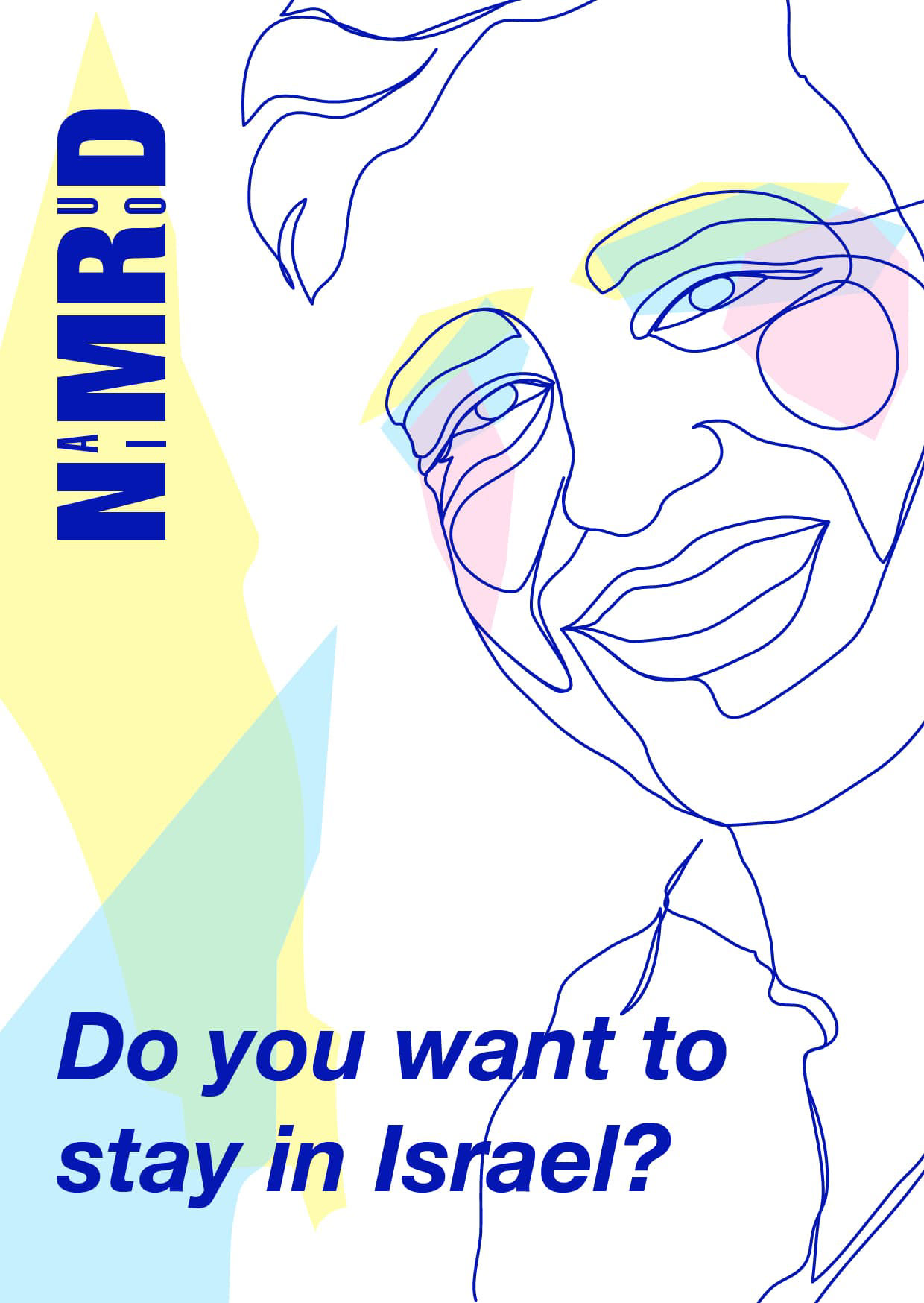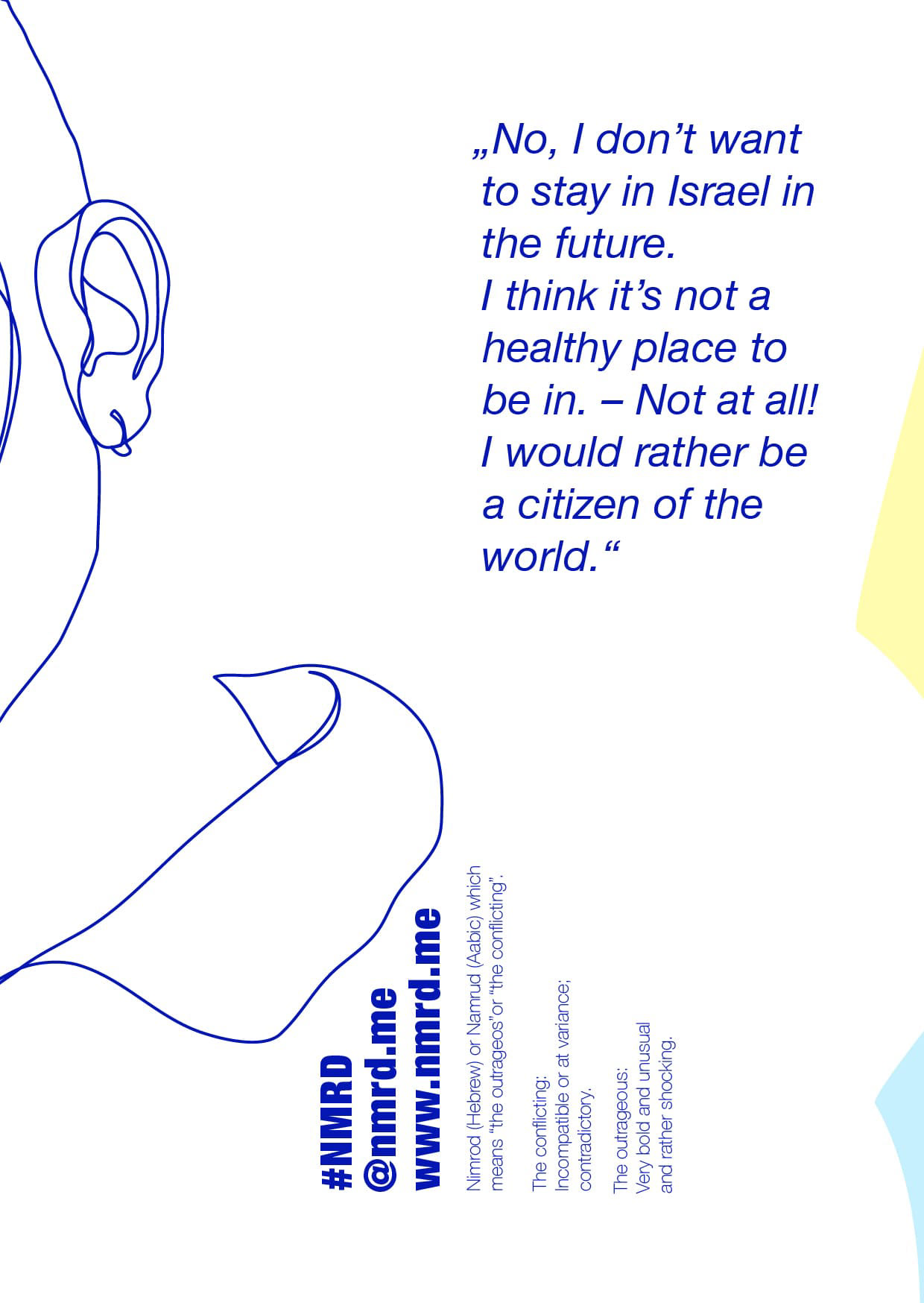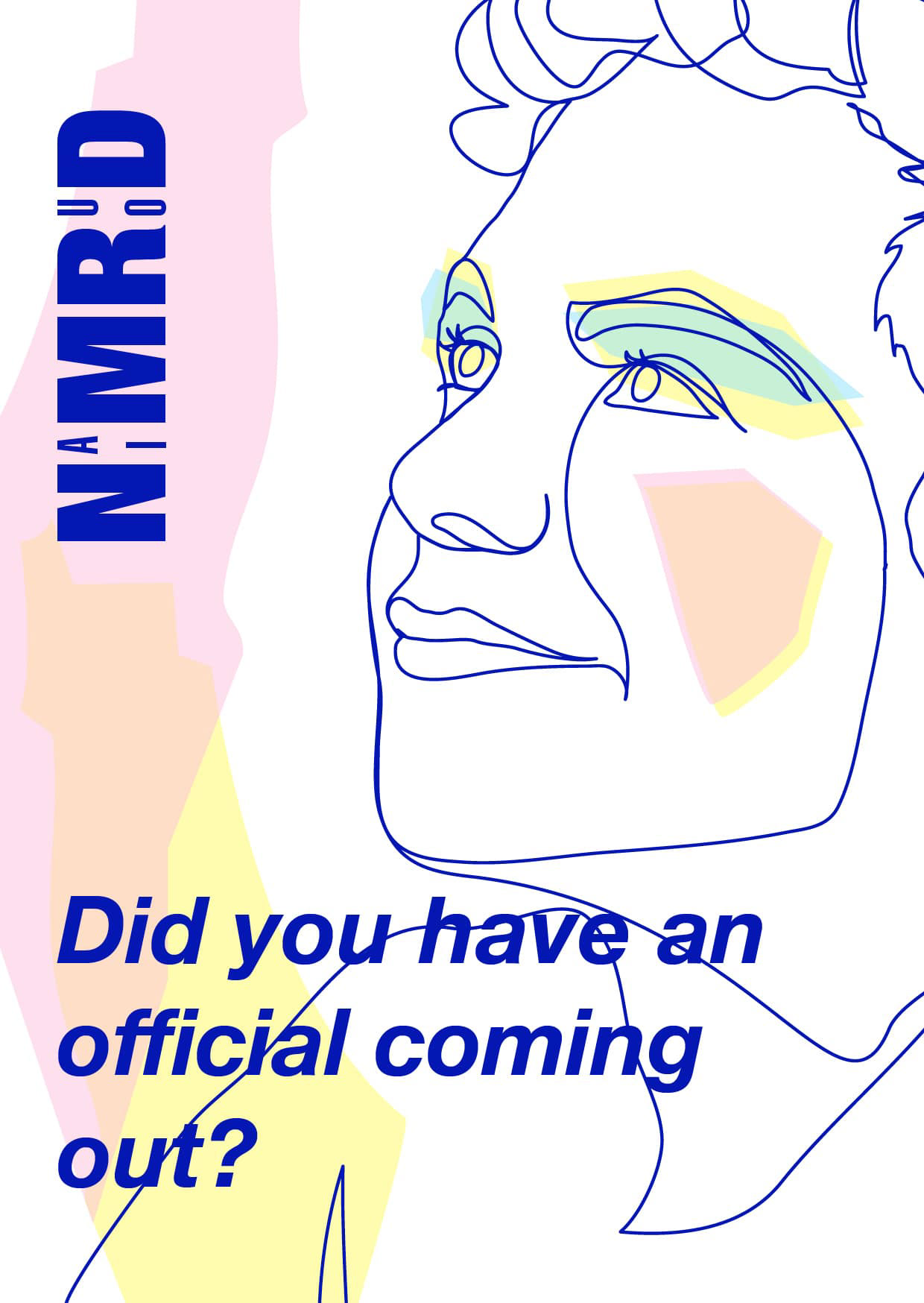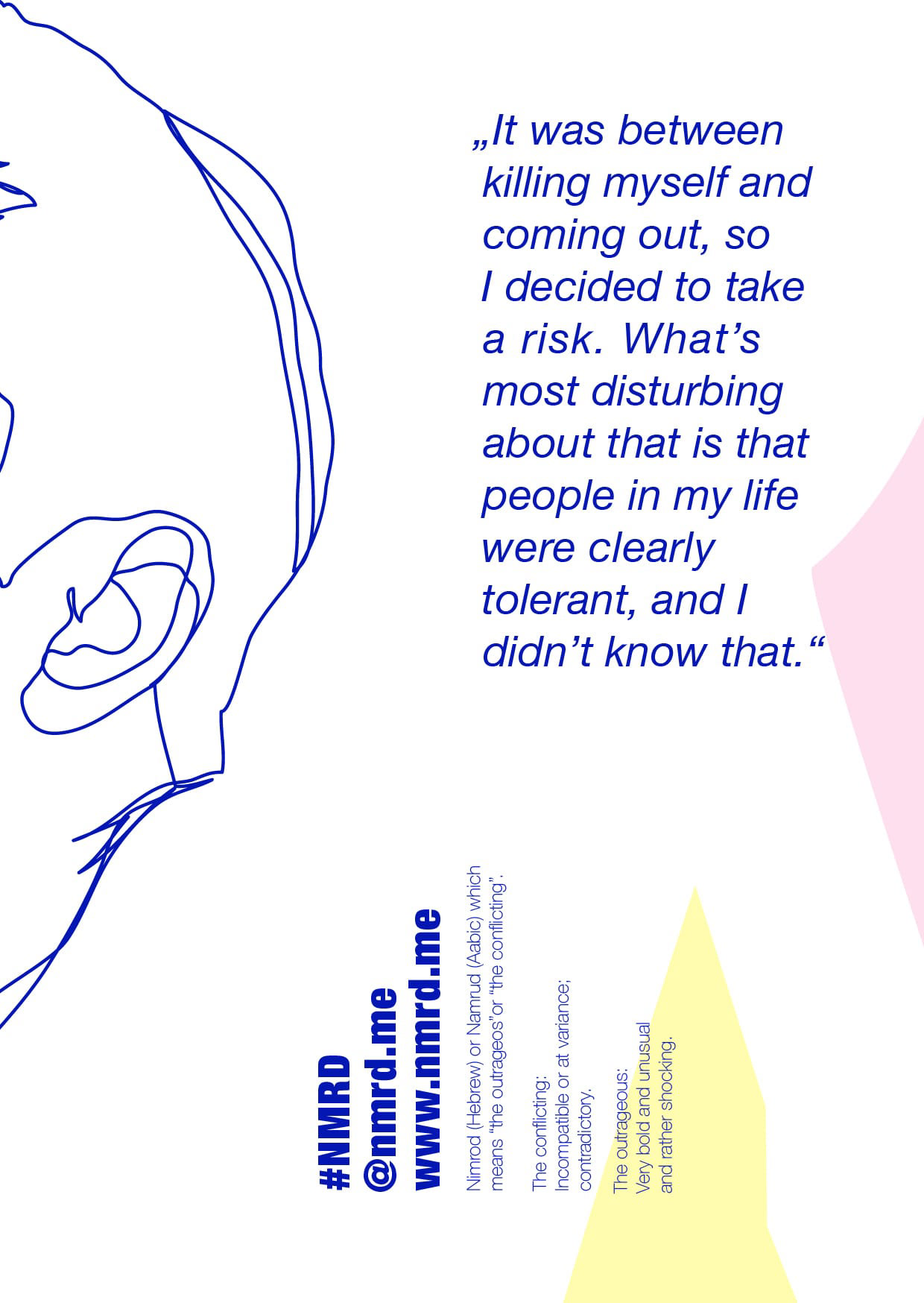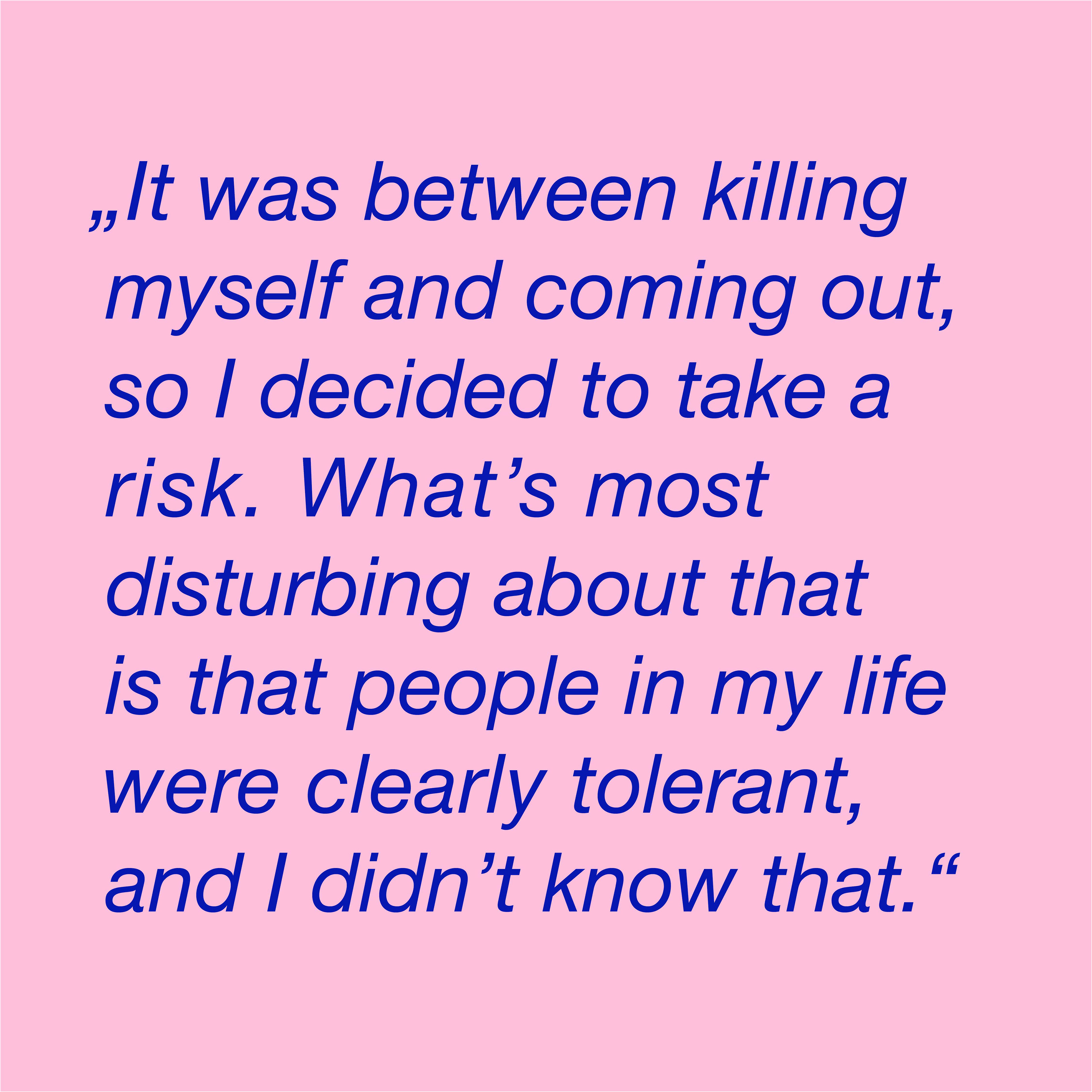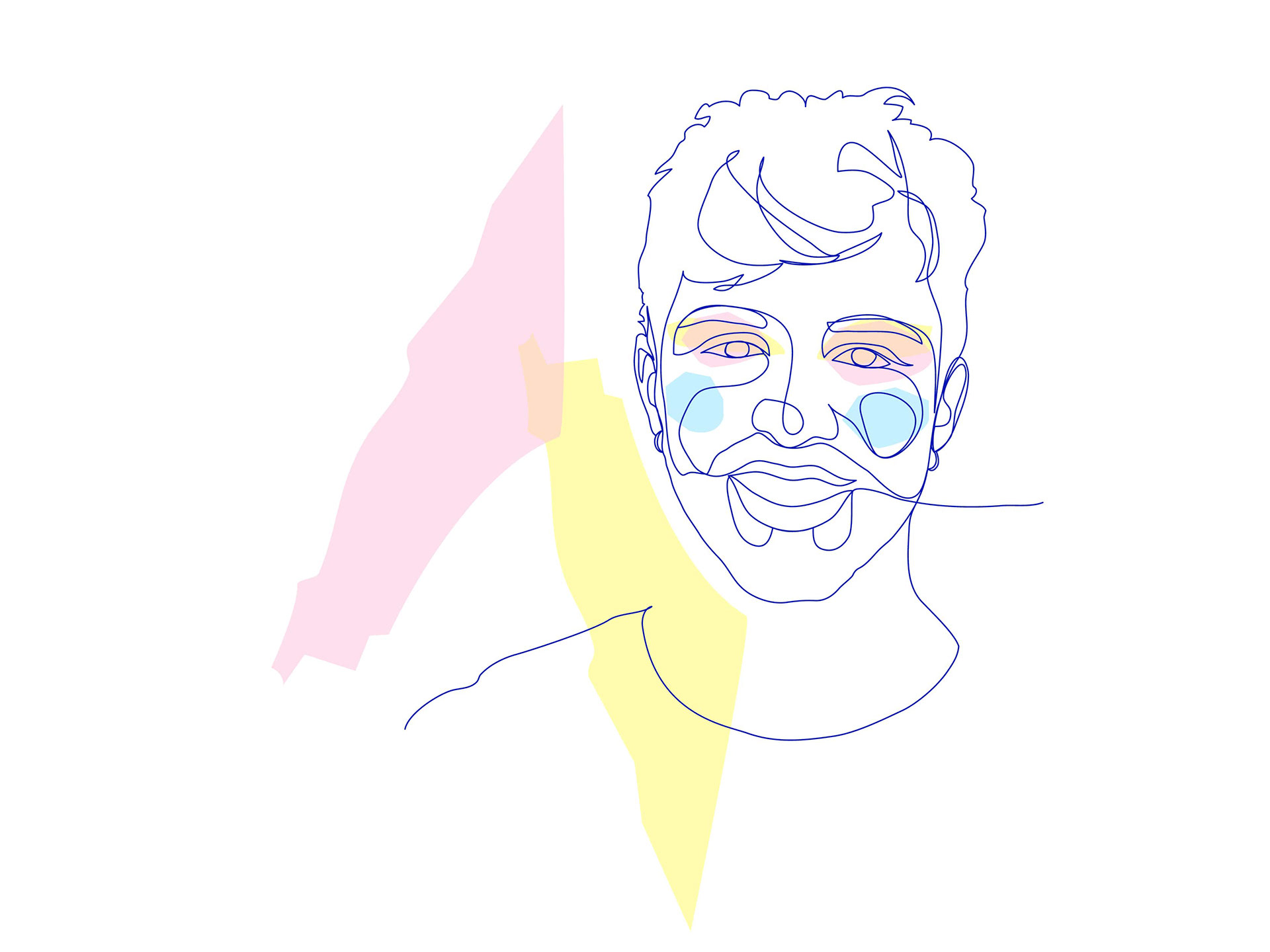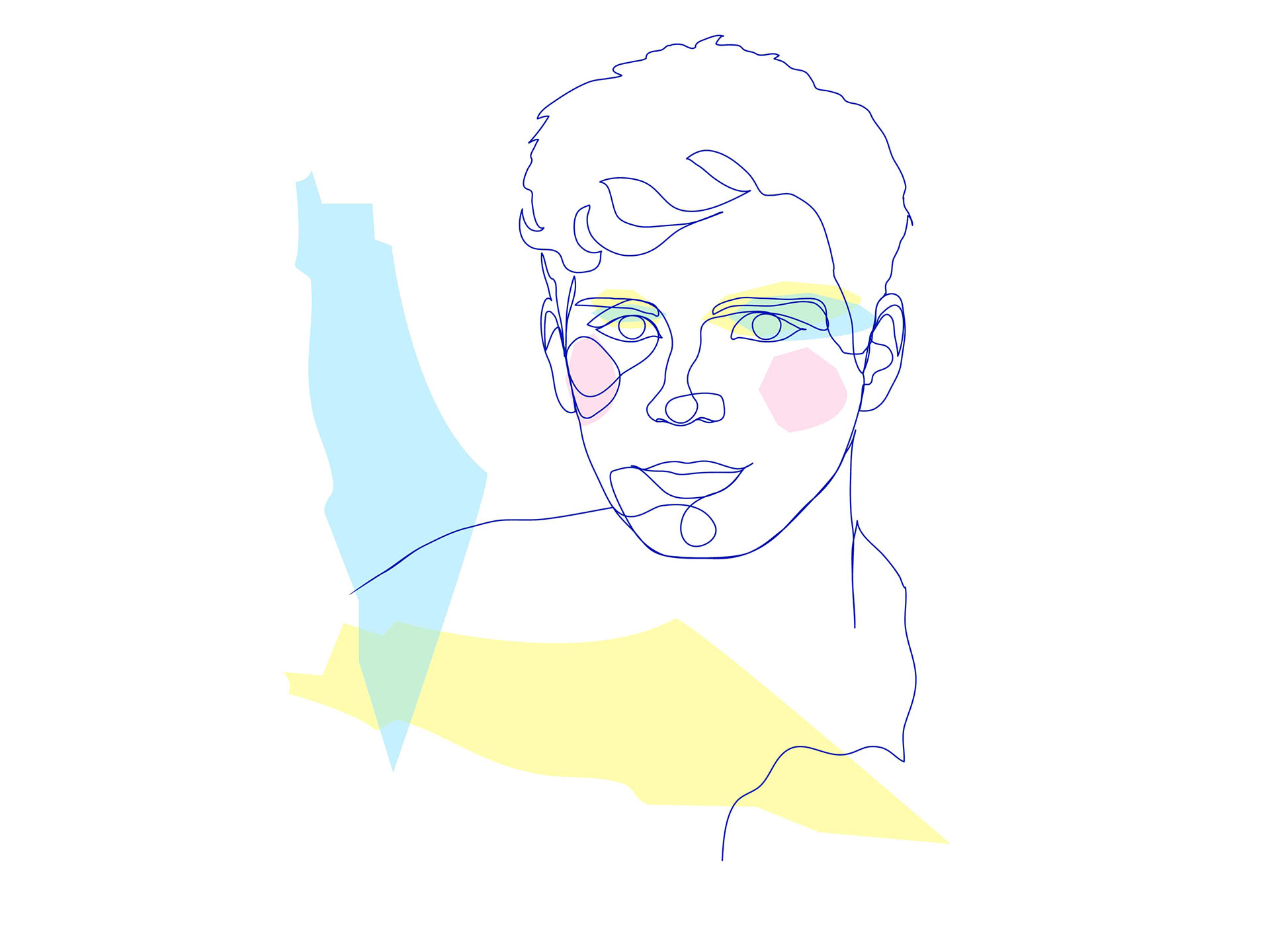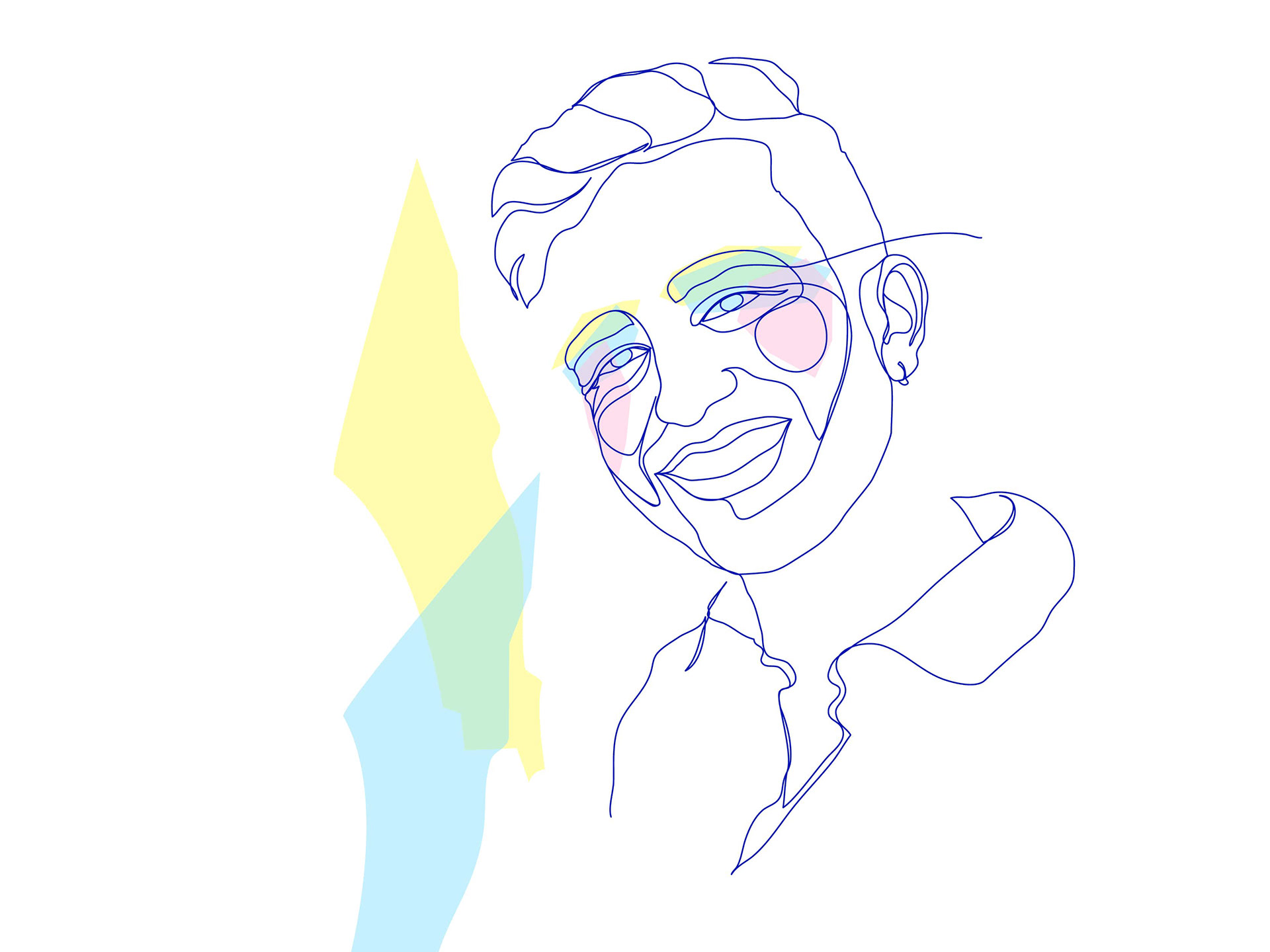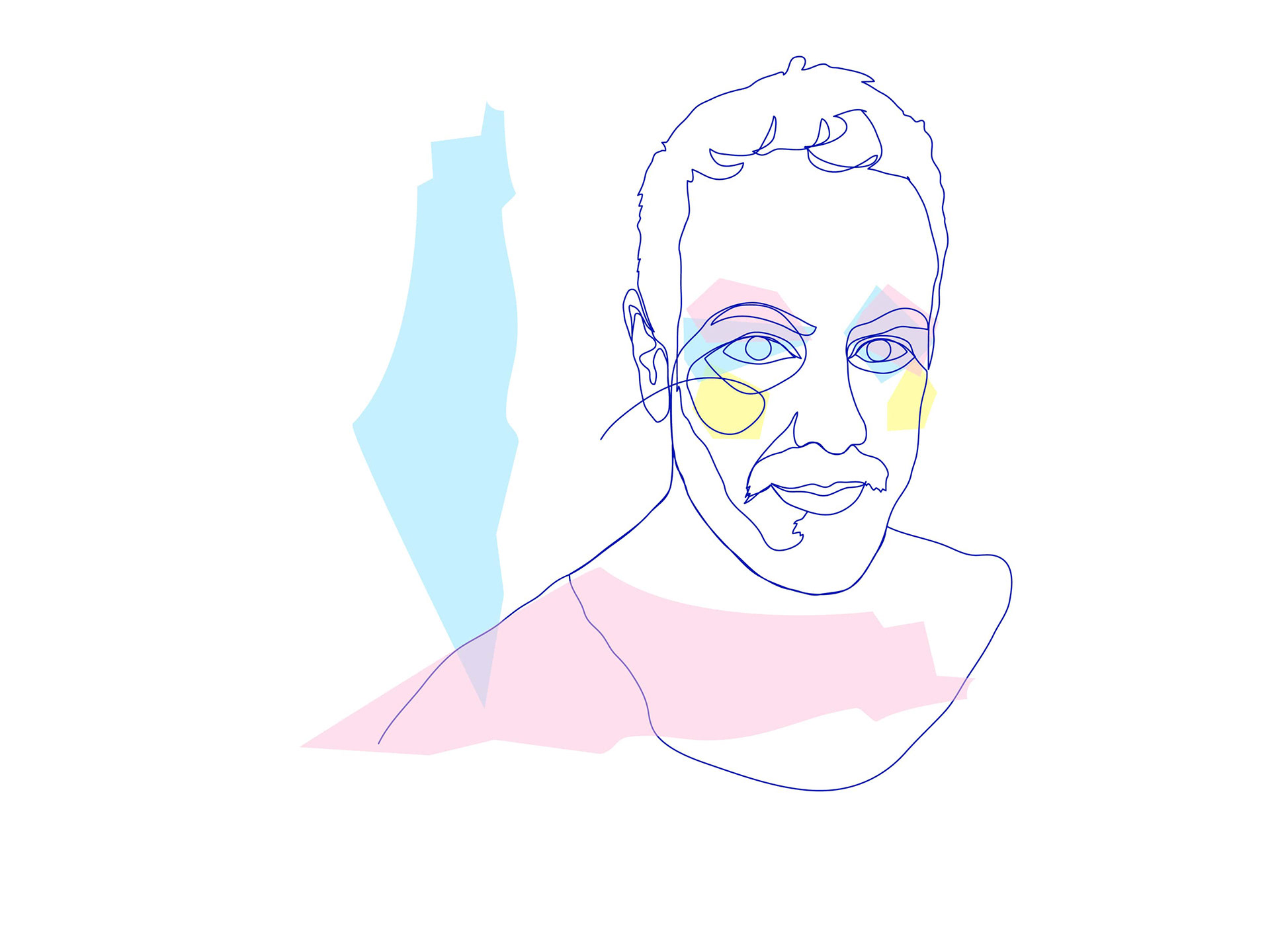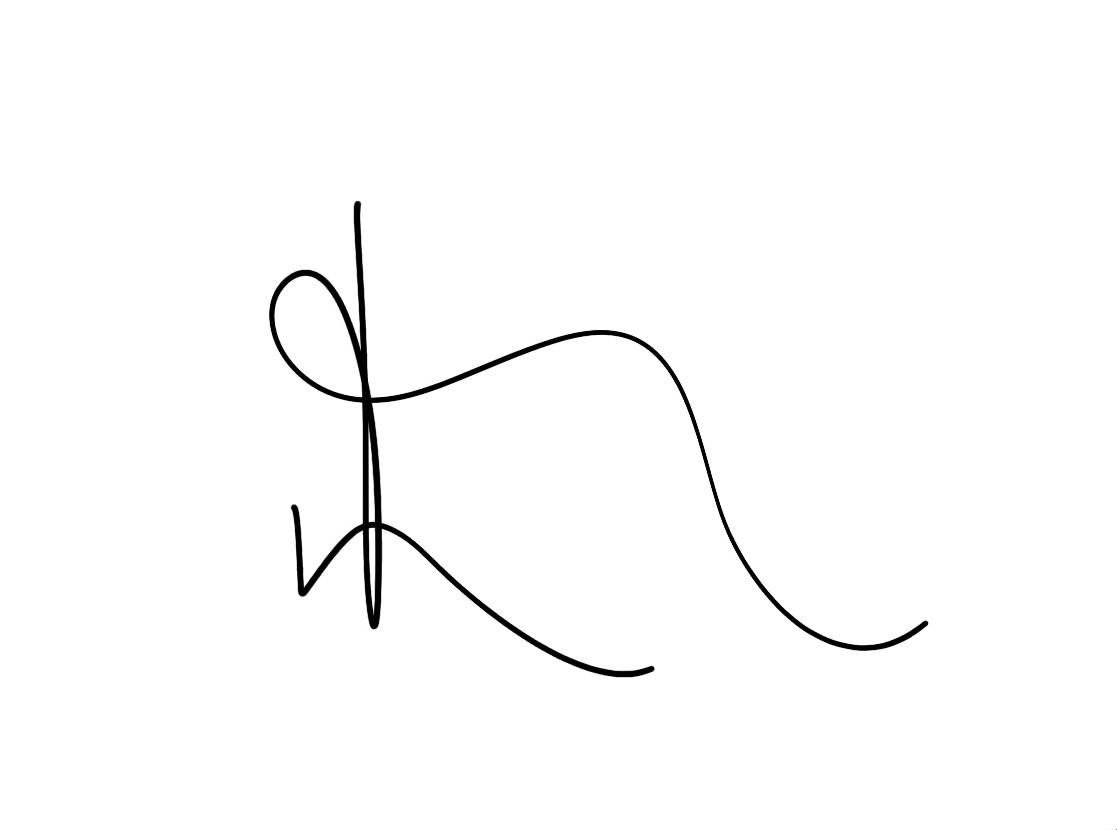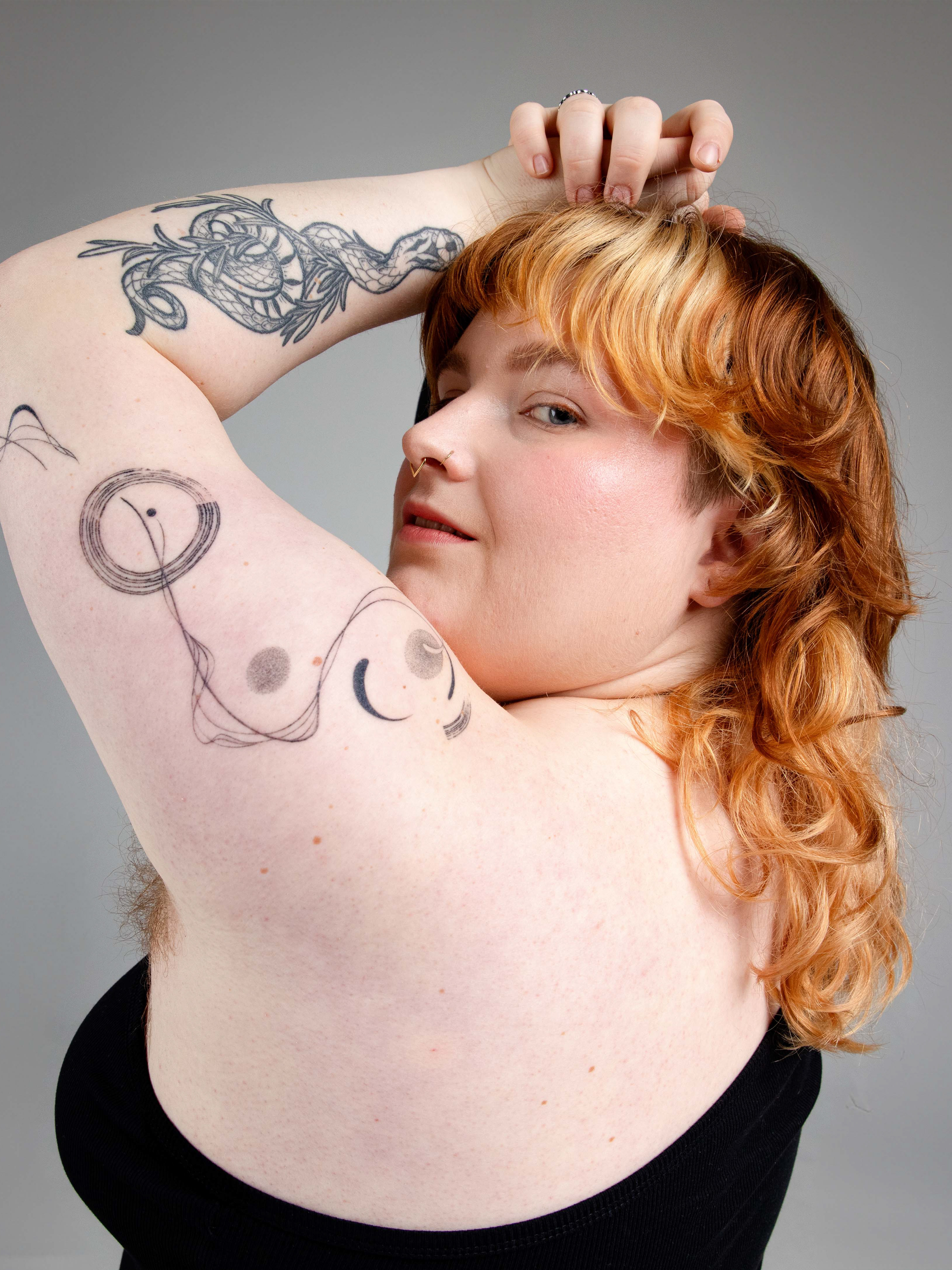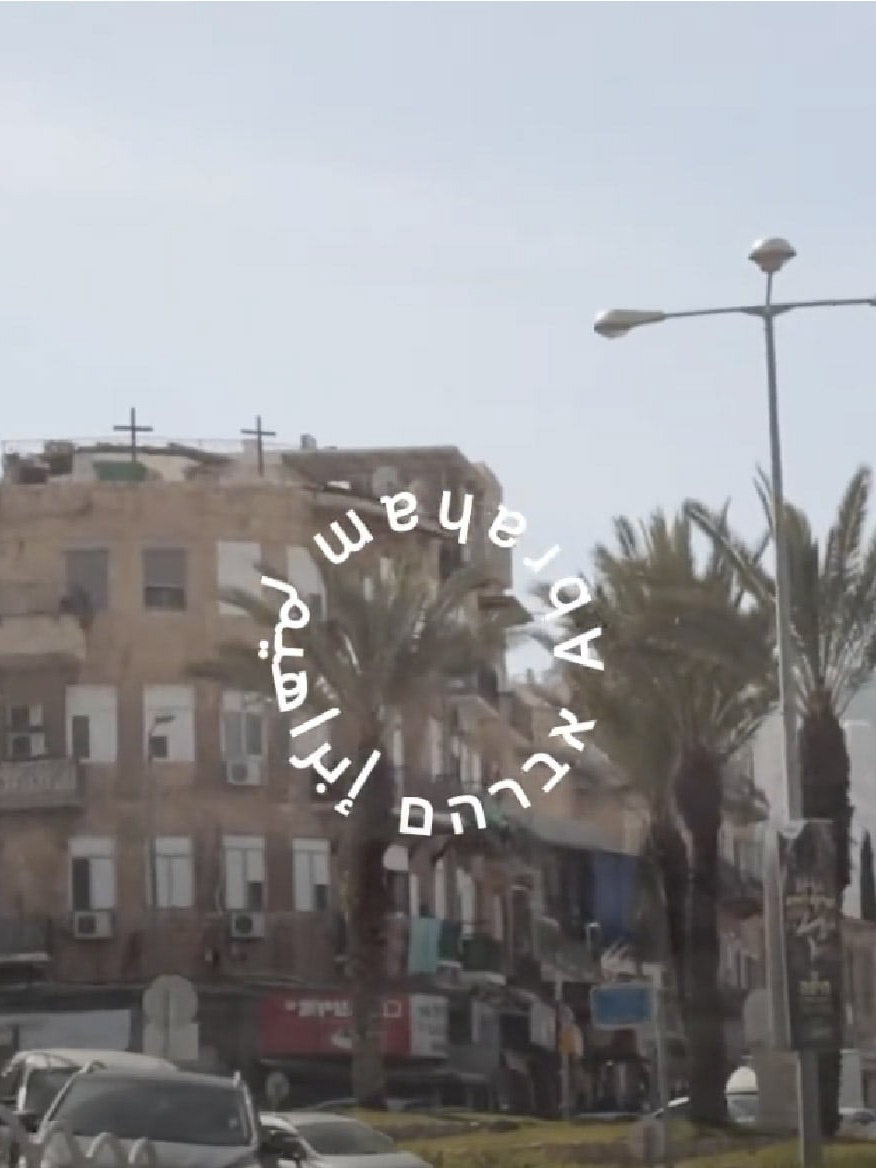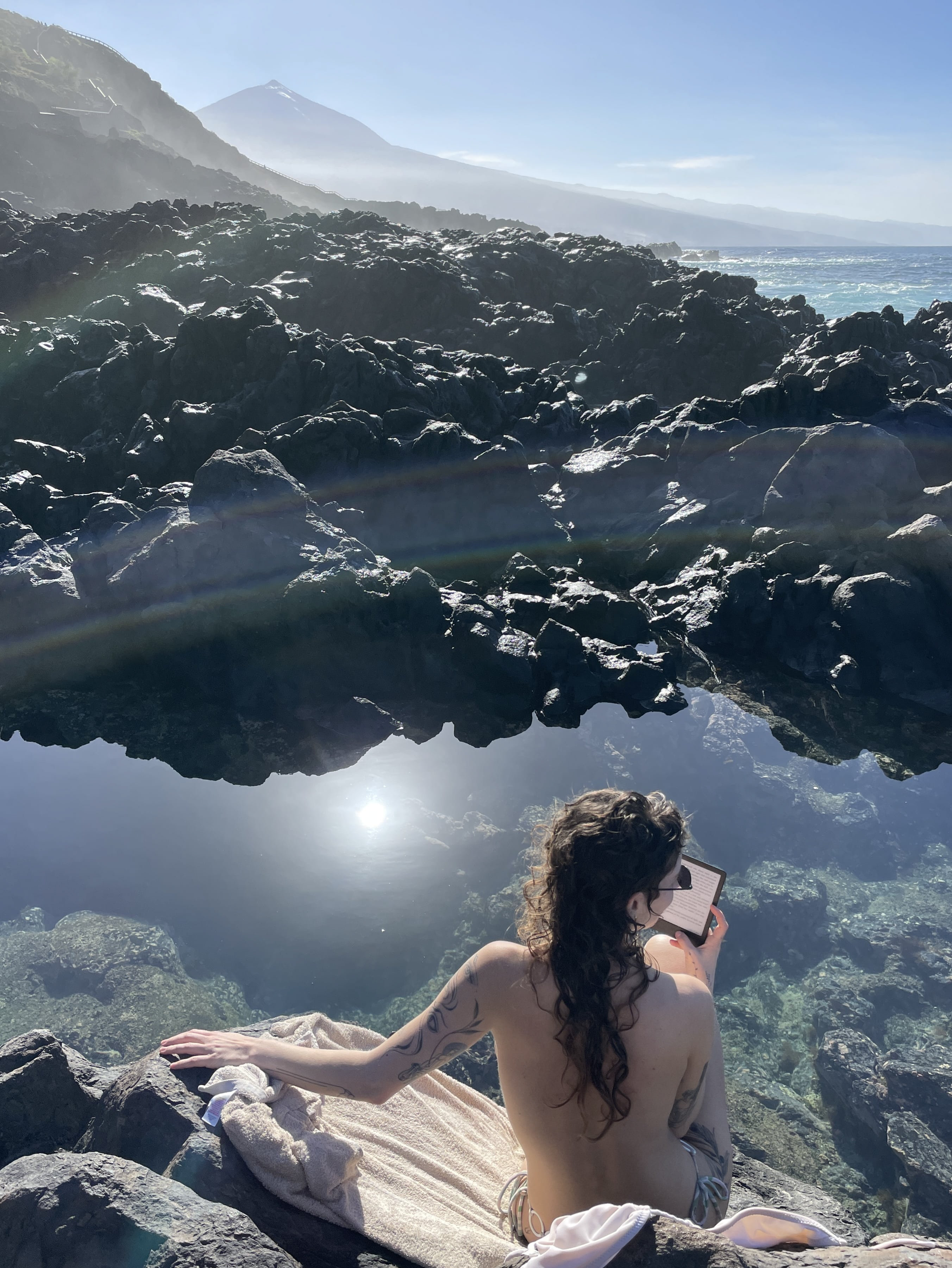“Nimrod” – in Hebrew, a legendary hunter and king; “Namroud” – in Arabic, a symbol of rebellion, defiance, and the one who stood against God. Between these two mythological poles lies the tension in which queer male identities unfold across Israel and Palestine. This project explores how gay men navigate the intersections of gender, sexuality, religion, nationalism, and colonial legacies – caught in deeply divergent but intimately connected realities. In Israel, many gay men live within a framework of legal recognition, social visibility, and an established queer culture – particularly in urban centers like Tel Aviv. However, this visibility often comes at the cost of being co-opted into a nationalist project where “queerness” is framed as proof of a progressive, Westernized democracy (pinkwashing). In the occupied Palestinian territories, queer life is more often lived in negotiation with multiple layers of pressure: societal expectations, religious traditions, family dynamics, and the daily realities of occupation, surveillance, and movement restrictions. These spaces are not monolithic – they are complex, dynamic, and marked by resistance, solidarity, and quiet revolutions. Visibility can be both liberating and dangerous. Invisibility, at times, becomes a strategy of survival. Nimrod/Namroud aims to make these contradictions and pluralities visible. Rather than staging a binary between “oppression” and “freedom,” the project seeks to open a space for nuance – for lives lived in the in-between, for bodies desiring and resisting across fragmented geographies.
